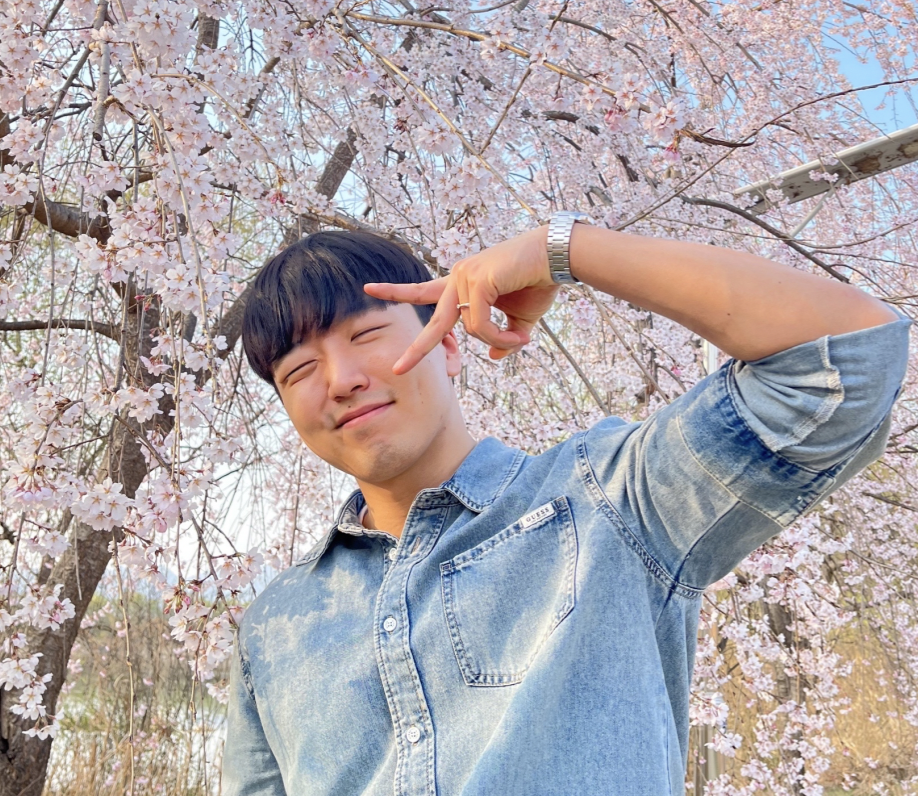| 일 | 월 | 화 | 수 | 목 | 금 | 토 |
|---|---|---|---|---|---|---|
| 1 | 2 | 3 | ||||
| 4 | 5 | 6 | 7 | 8 | 9 | 10 |
| 11 | 12 | 13 | 14 | 15 | 16 | 17 |
| 18 | 19 | 20 | 21 | 22 | 23 | 24 |
| 25 | 26 | 27 | 28 | 29 | 30 | 31 |
- typeScript
- solidity
- JavaScript
- graphQL
- Redux
- express.js
- node.js
- blockchain
- hardhat
- 기준
- Ethereum
- HTML
- Props
- Interface
- API
- CSS
- built in object
- REACT
- middleware
- CLASS
- 삶
- tailwindcss
- evm
- useState
- bitcoin
- web
- error
- SSR
- concept
- nextJS
- Today
- Total
ReasonJun
React : useLayoutEffect 본문
The useLayoutEffect hook is a React hook that can be used to perform side effects that require immediate DOM layout updates. It is similar to the useEffect hook, but it runs synchronously after all DOM updates have been completed, but before the browser repaints the screen. This makes it ideal for use cases such as measuring DOM elements, or animating or transitioning elements.
One of the main benefits of using useLayoutEffect is that it can help to prevent layout jank. Layout jank occurs when the browser has to repaint the screen multiple times in a short period of time, which can make the page appear choppy and unresponsive. By using useLayoutEffect to ensure that all DOM layout updates are completed before the browser repaints the screen, you can help to improve the performance and smoothness of your React application.
Here are some examples of when you might want to use useLayoutEffect:
- To measure the size or position of a DOM element and use that information to update the element's style.
- To animate or transition a DOM element in a way that requires the element's layout to be updated.
- To scroll a DOM element to a specific position.
- To set the focus on a DOM element.
It is important to note that useLayoutEffect can block the browser from repainting the screen, so it should only be used for side effects that are essential to the layout of your application. If you are unsure whether to use useLayoutEffect or useEffect, it is generally best to err on the side of caution and use useEffect.
Here is an example of how to use the useLayoutEffect hook:
import React, { useState, useLayoutEffect } from "react";
function MyComponent() {
const [tooltipPosition, setTooltipPosition] = useState({ x: 0, y: 0 });
useLayoutEffect(() => {
// Measure the size and position of the target element.
const targetRect = targetElement.getBoundingClientRect();
// Set the tooltip position based on the target element's position.
setTooltipPosition({
x: targetRect.left,
y: targetRect.bottom,
});
}, [targetElement]);
return (
<div>
<button ref={targetElement}>Target element</button>
<Tooltip position={tooltipPosition}>This is the tooltip.</Tooltip>
</div>
);
}
export default MyComponent;
In this example, the useLayoutEffect hook is used to measure the size and position of the targetElement element and then set the position of the tooltip element based on that information. This ensures that the tooltip is always positioned correctly, even if the target element is moved or resized.
Overall, the useLayoutEffect hook is a powerful tool that can be used to improve the performance and responsiveness of your React applications. However, it should be used with caution, as it can block the browser from repainting the screen.
'Frontend > React' 카테고리의 다른 글
| React : createPortal (0) | 2024.07.13 |
|---|---|
| React : Understanding React Server Components (0) | 2023.09.10 |
| React18 : How React 18 Improves Application Performance in Detail (0) | 2023.09.09 |
| React : context (state management) (0) | 2023.08.11 |
| React.FC and JSX.Element (0) | 2023.07.12 |

